Renaissance men: Current crop may make heavyweights boxing's kings again
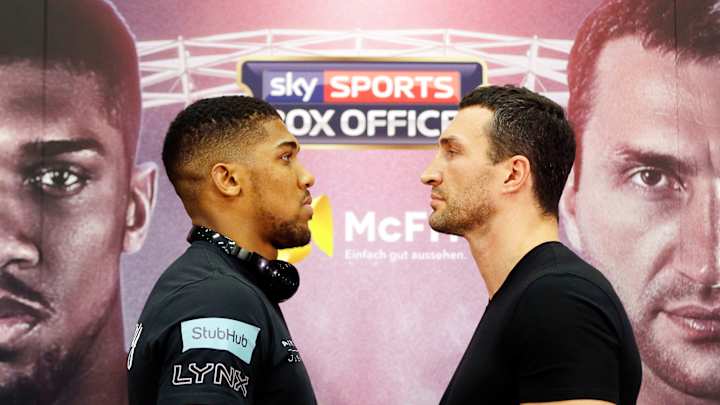
It wasn’t that long ago when the most important, famous and celebrated athletes on the planet threw no touchdowns and dunked no basketballs. These men were heavyweight boxers, champions of champions, and they ruled over sports with iron, oversized fists. Even just the phrase heavyweight champion of the world carried a romantic connotation. It meant Ali and Frazier, Tyson and Lewis, Foreman and Norton, Holmes and Holyfield.
“These guys were comic book heroes,” says Stephen Espinoza, general manager at Showtime Boxing. “Men of mythic proportions. The most popular athletes on the planet. Look back the earliest days of the sport. The heavyweights have always been the biggest personalities, the hardest partiers. They have the most impressive knockouts. They’re defined by excess.”
Espinoza says this not to lament how far the division has fallen in this millennium, even as he acknowledges the luster of heavyweights all but bungee-jumped into an abyss of irrelevance from the early 2000s until now. Sure, there were the Klitschko brothers but name their great rivalries, their most important fights, the times the world stopped when they stepped into the ring. We’ll wait …
“The general public has been wondering where the heavyweights have gone,” Espinoza says. “The easy answer is football and basketball. A guy like Michael Strahan could have been the heavyweight champion of the world, but the salaries in those sports outstripped everything else. That’s the quick answer.”
Mayweather vs. McGregor is a bad idea, but we are still going to watch
Espinoza says this to provide context, not to mourn. Because Saturday, when Anthony Joshua meets Wladimir Klitschko in front of 90,000 screaming Brits at Wembley Stadium in London (4:15 p.m. eastern, 1:15 p.m. pacific on Showtime), boxing will take another step toward the revival of its most important division. To be clear, Espinoza is not saying this crop of heavyweight contenders will remind anyone of Ali. He’s saying this is the best crop of extra-large challengers since Mike Tyson was biting people’s ears. That’s important for boxing, with mainstream media attention and casual fans nourishing a niche sport’s health.
Joshua is a British boxer who won gold at the London Olympics in 2012. He’s 27, undefeated and all 18 of his wins have come by knockout. But the sport doesn’t need one dominant champion. It needs several compelling belt holders who are willing to fight each more than once. Heavyweight boxing was never just Ali; it was Ali and Frazier and Norton and Foreman and Spinks, all engaging each other, and for years.
Boxing is headed toward its next era regardless, for better or worse, as fighters like the Klitschko brothers, Floyd Mayweather Jr. and Manny Pacquiao near the end of their respective, Hall of Fame careers. Already, the die-hards have noticed the compelling match-ups made this year in the welterweight, junior welterweight, featherweight and light heavyweight divisions. They see a sport that appears pointed in the right direction, a sport that may not be as popular in America but has gained in popularity in Mexico and parts of Europe. The heavyweights represent the next step in the sport’s reinvention. A possible next step, that is. “If we’re able to groom that division into something meaningful, boxing will be as strong as it has been in the last 20 or 30 years,” Espinoza says.
WBA World Heavyweight Title: Muhammad Ali vs Zora Folley
Muhammad Ali vs Zora Folley
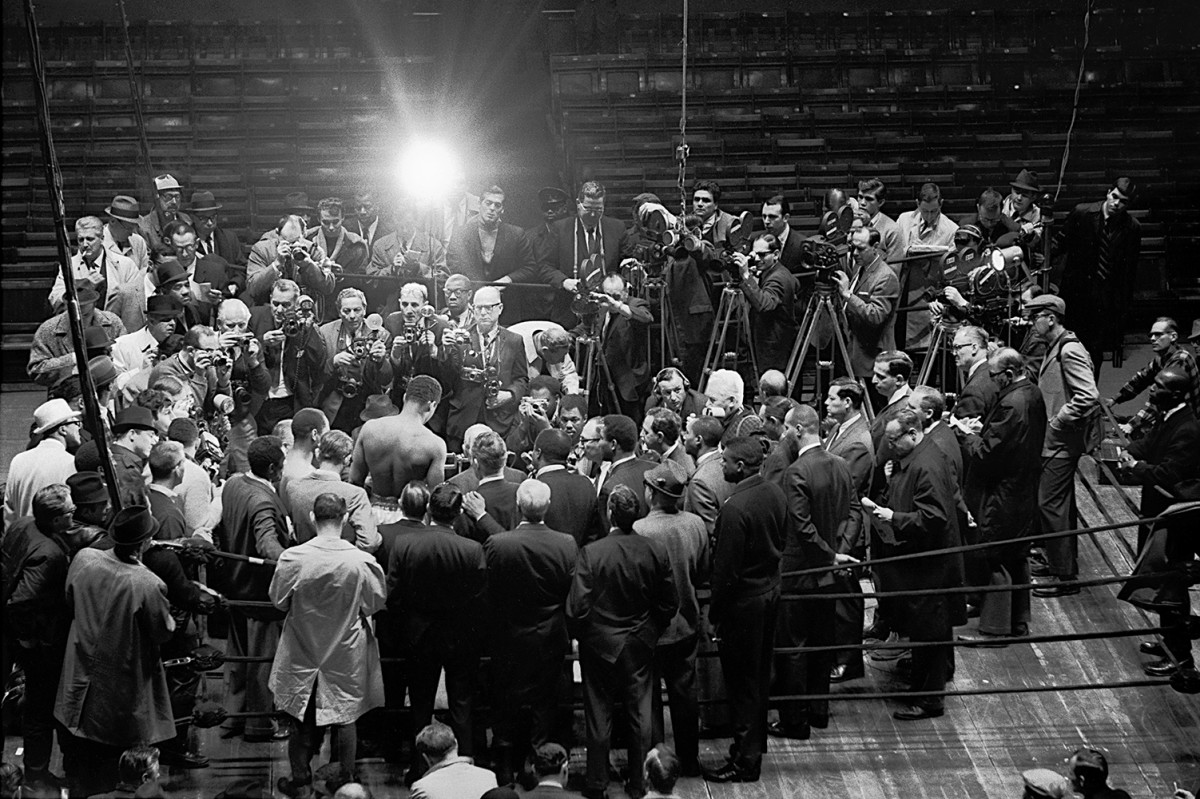
Ali surrounded by media photographers during the weigh-in before the fight vs Zora Folley at Madison Square Garden, NYC 1967
Muhammad Ali vs Zora Folley
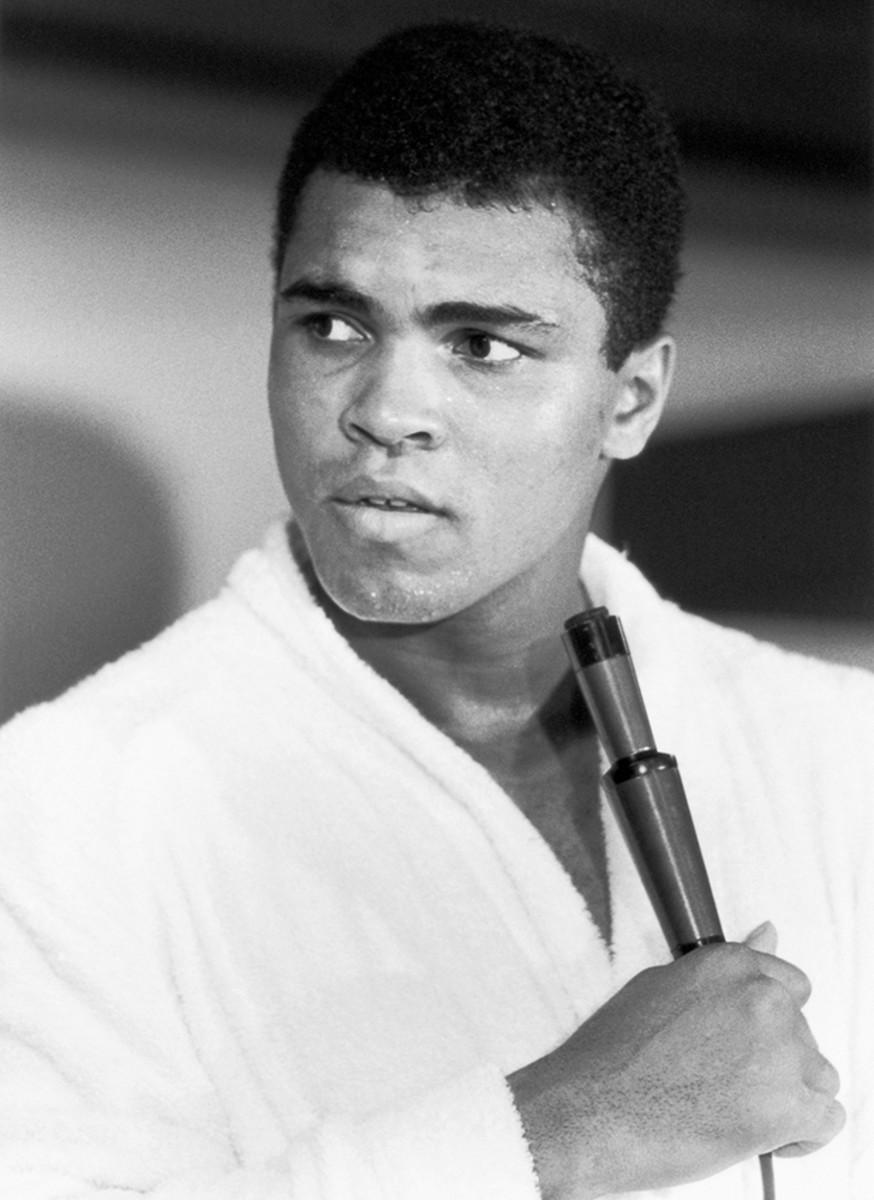
Ali speaking to the media before the fight at Madison Square Garden, NYC 1967
Muhammad Ali vs Zora Folley
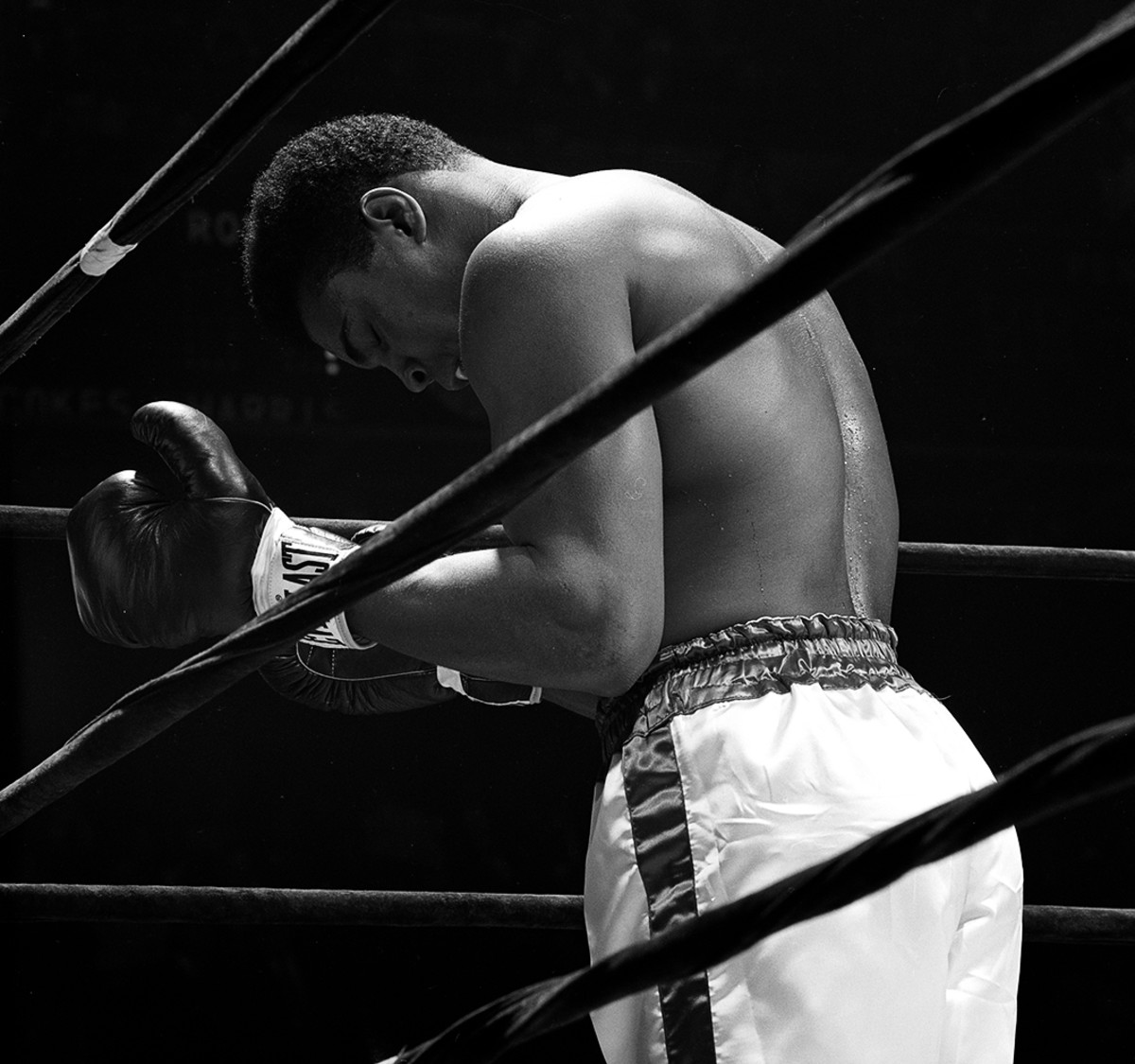
Madison Square Garden, NYC 1967
Muhammad Ali vs Zora Folley
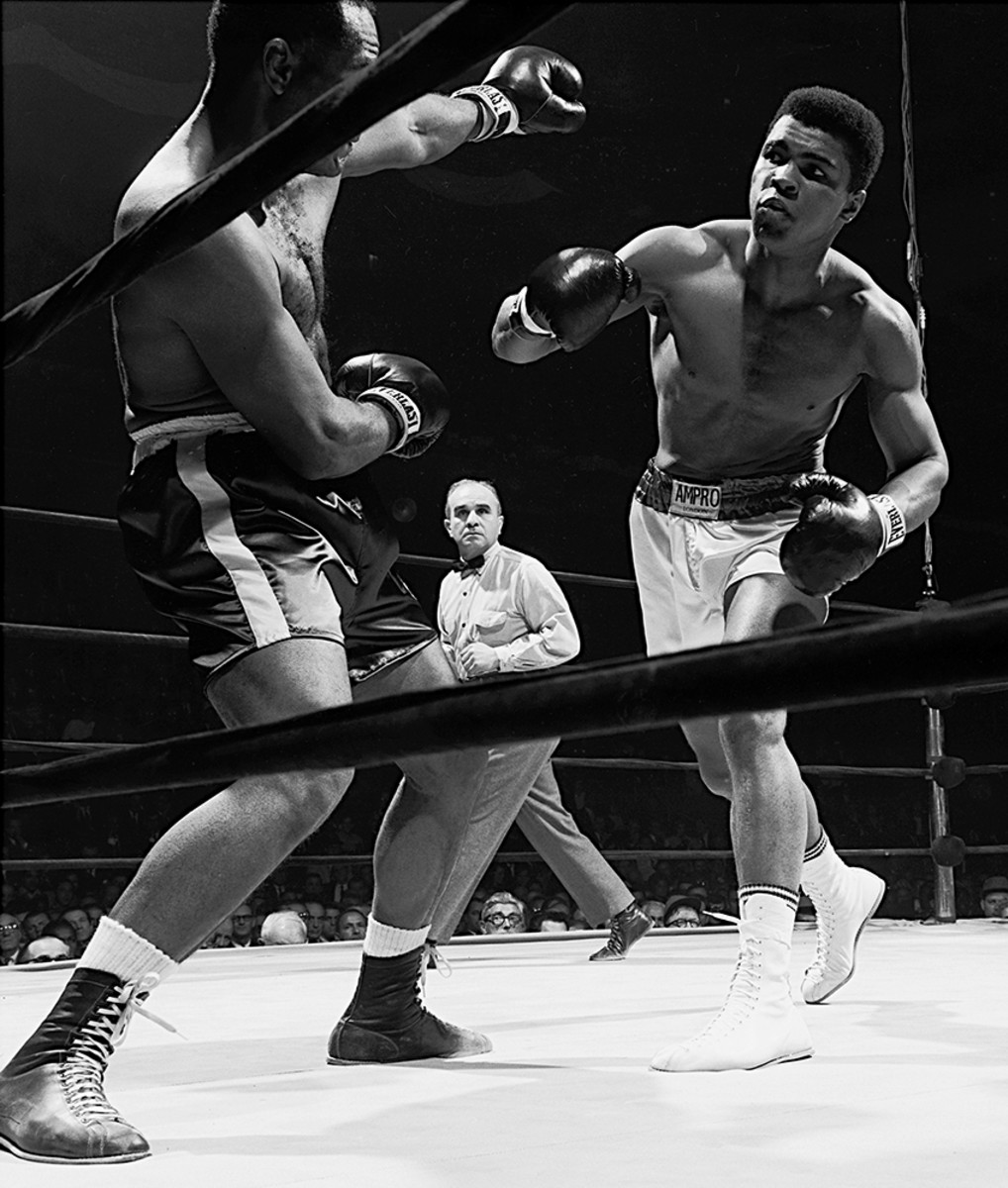
Madison Square Garden, NYC 1967
Muhammad Ali vs Zora Folley
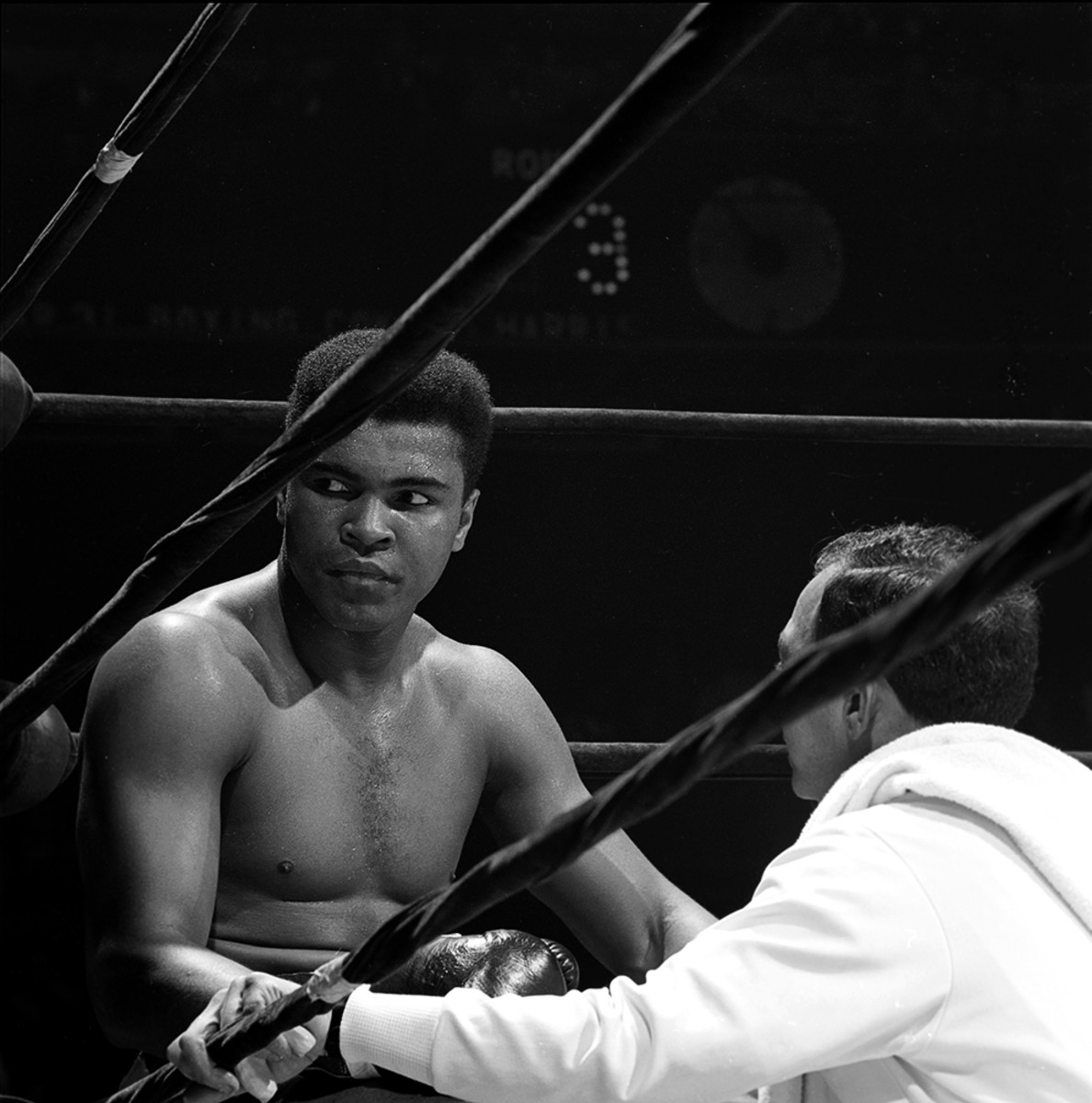
Madison Square Garden, NYC 1967
Muhammad Ali vs Zora Folley
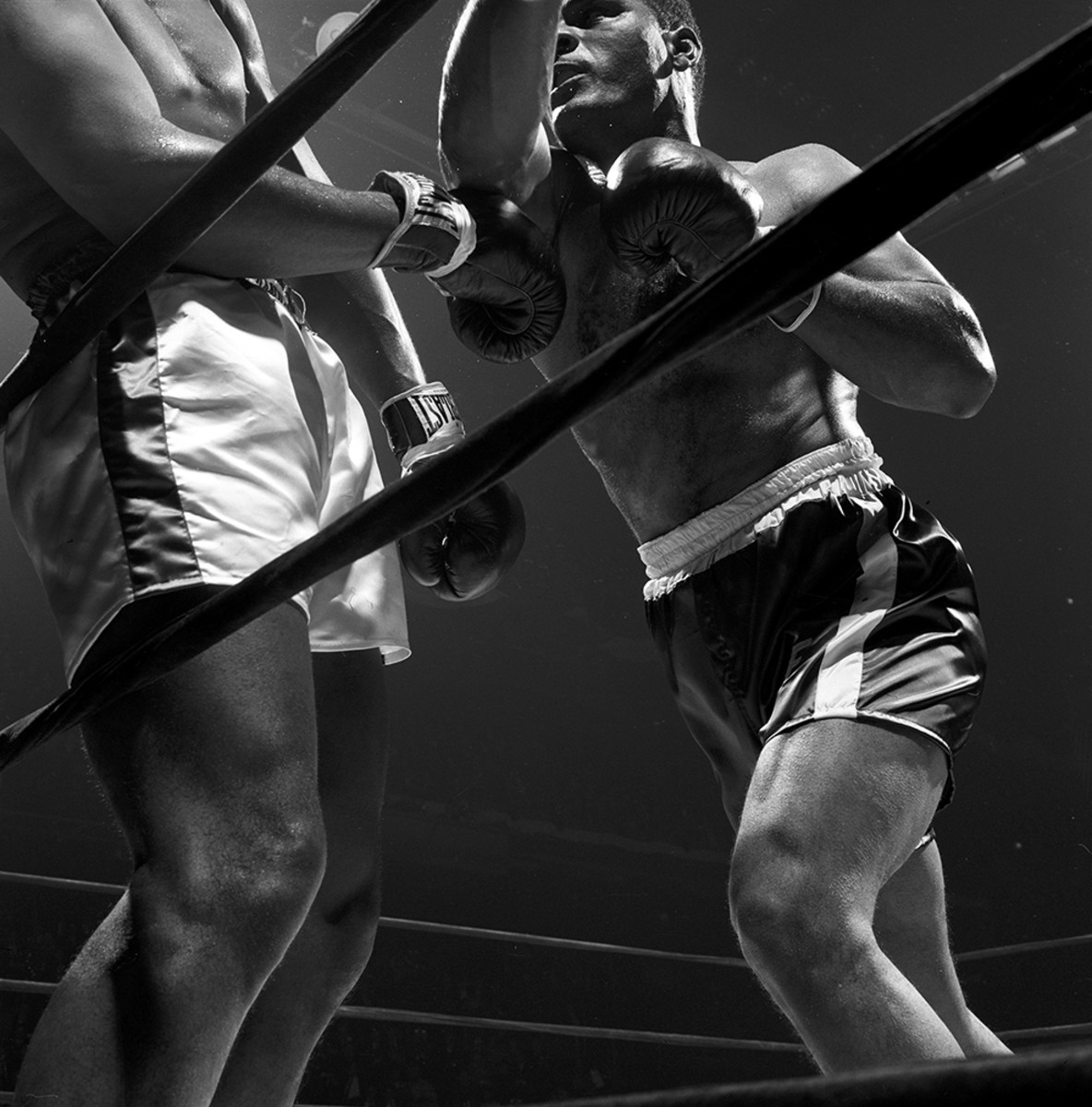
Madison Square Garden, NYC 1967
Muhammad Ali vs Zora Folley
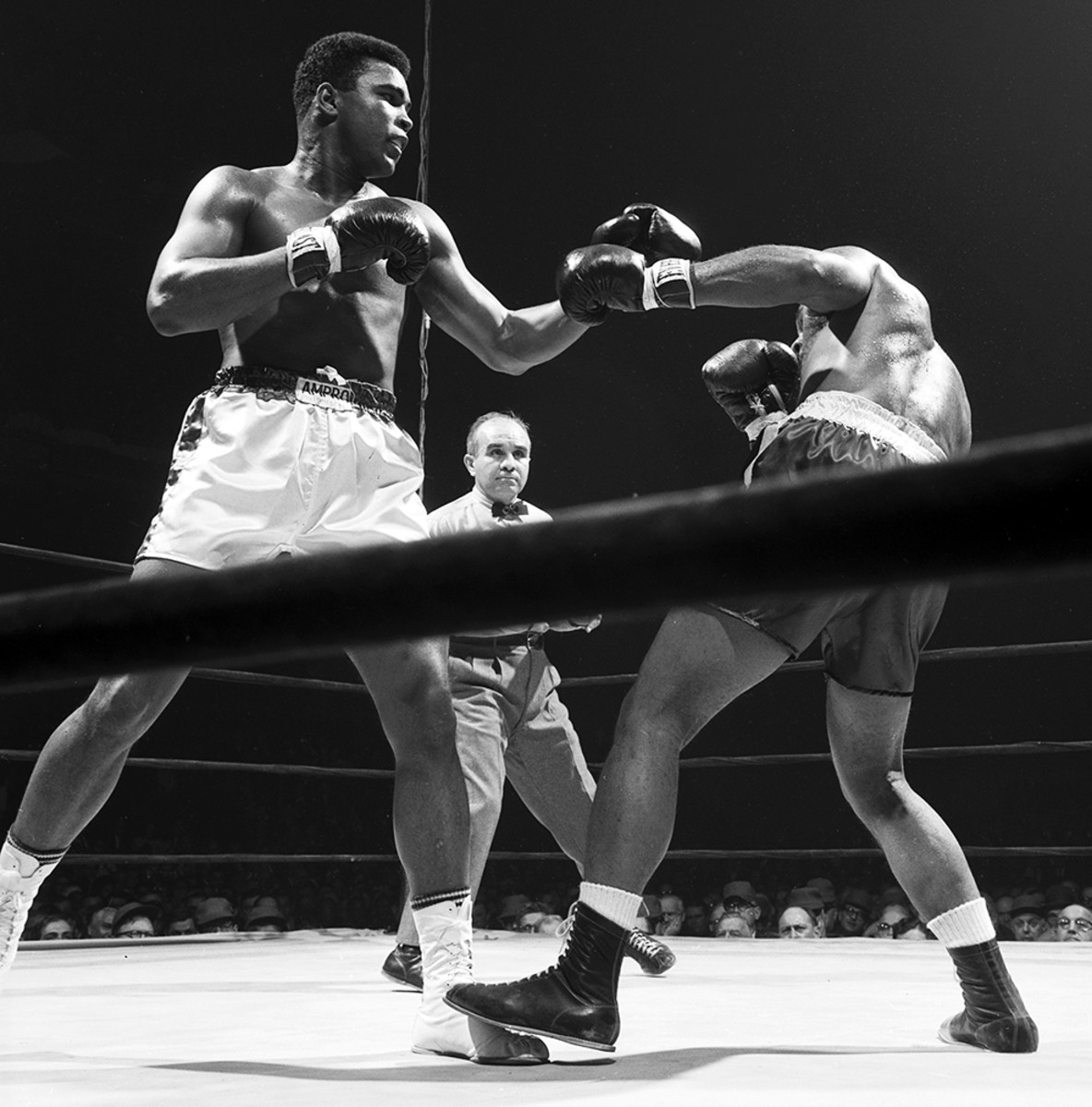
Madison Square Garden, NYC 1967
Muhammad Ali vs Zora Folley
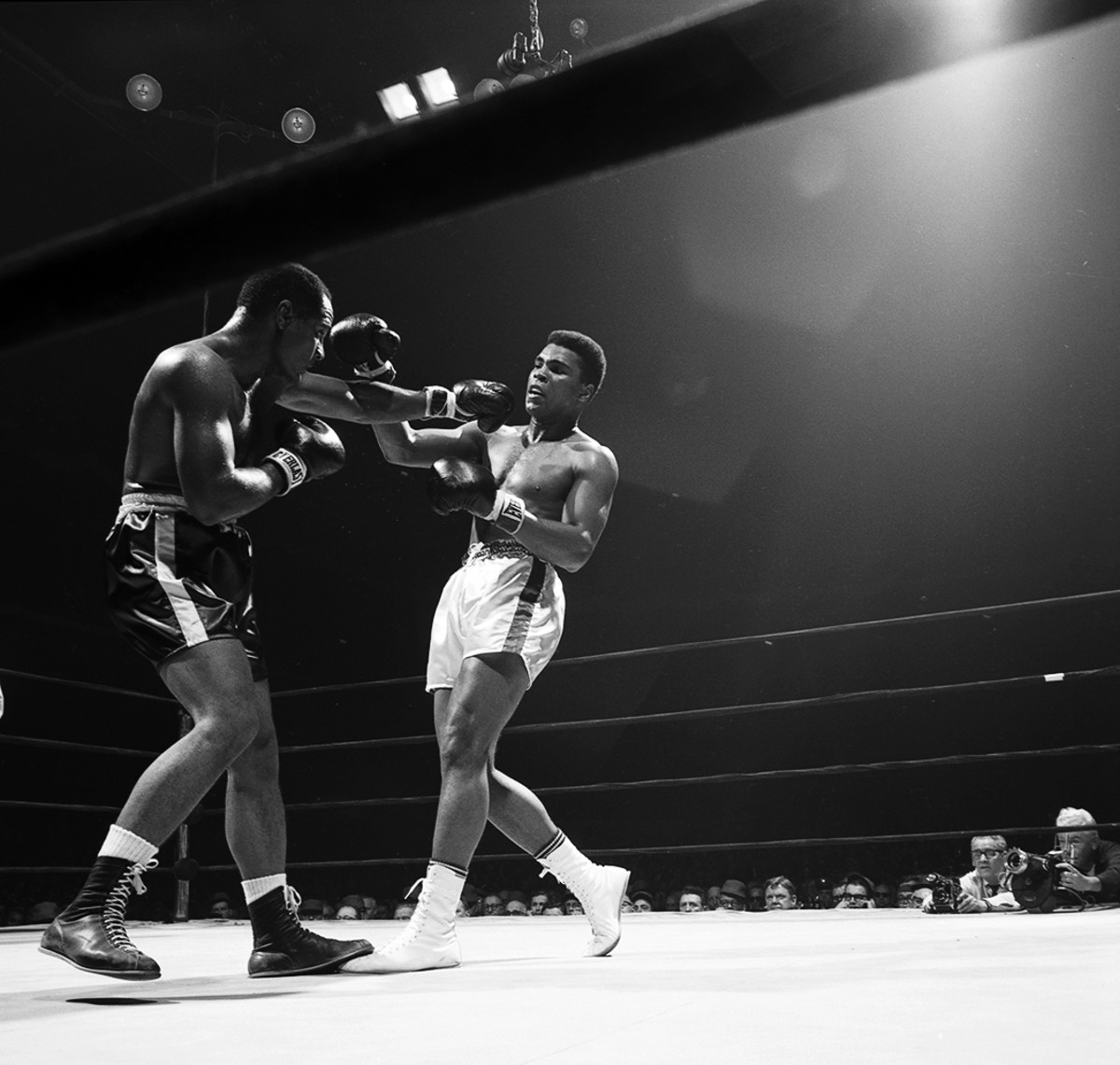
Madison Square Garden, NYC 1967
Muhammad Ali vs Zora Folley
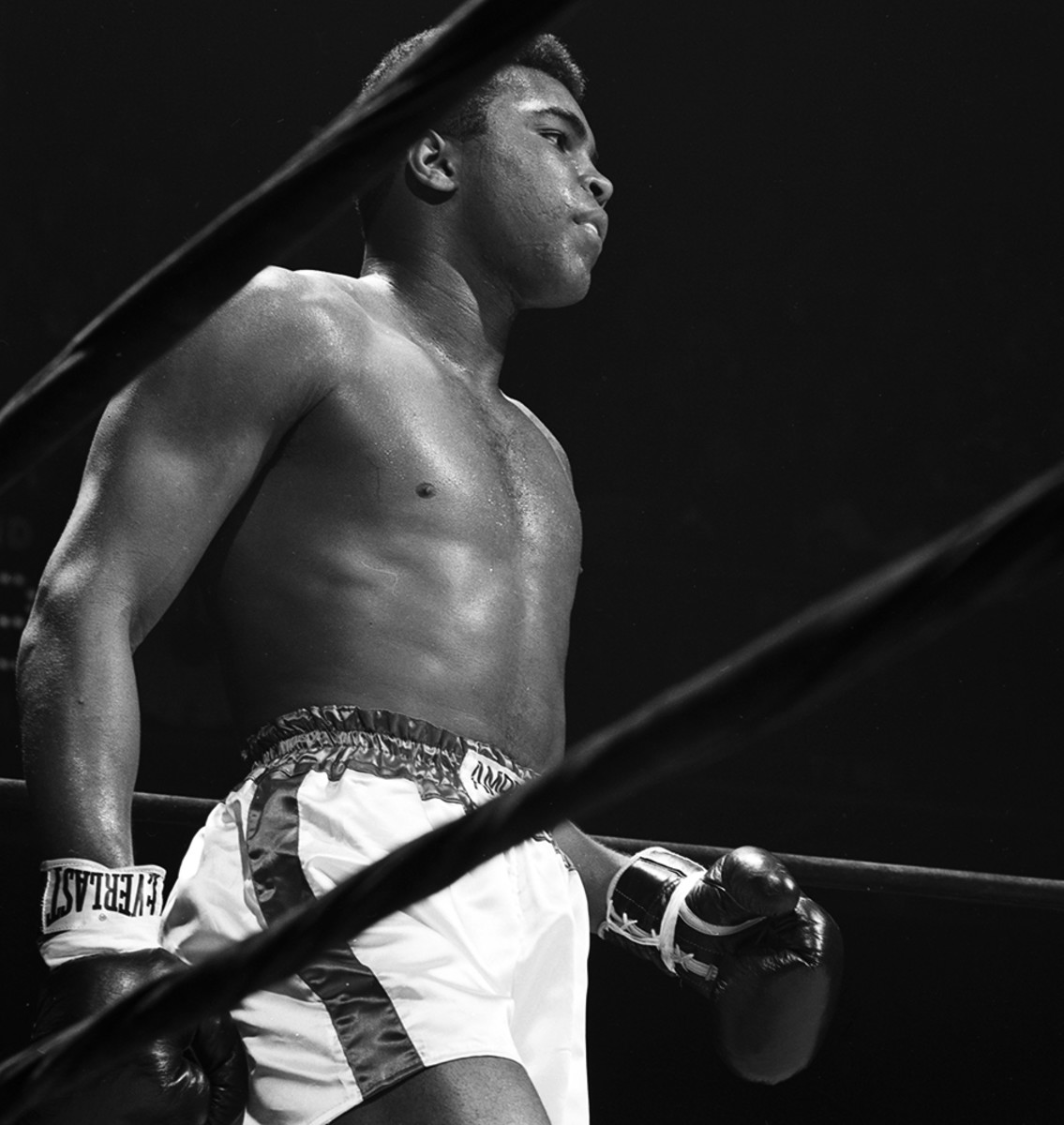
Madison Square Garden, NYC 1967
Muhammad Ali vs Zora Folley
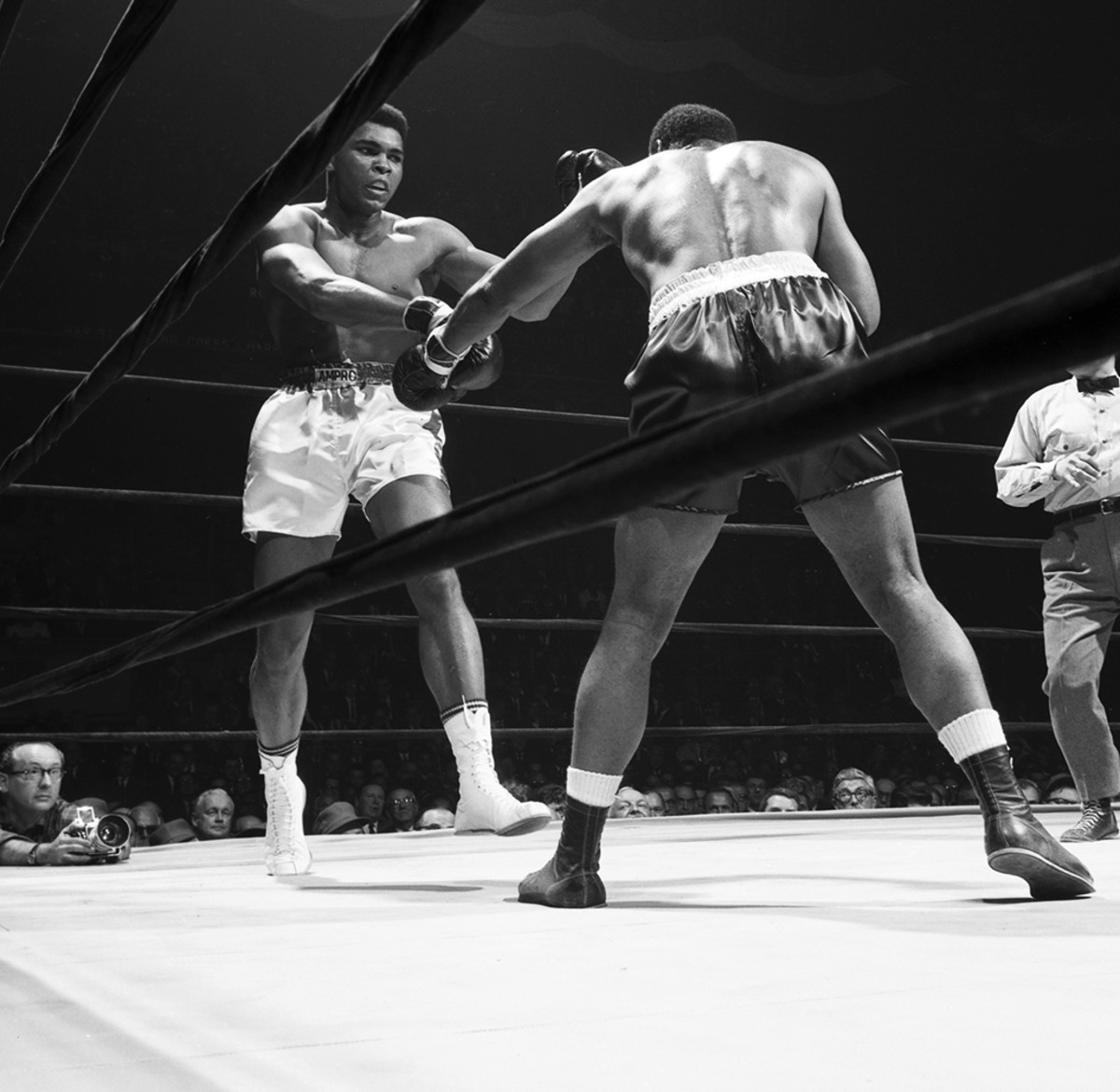
Madison Square Garden, NYC 1967
Muhammad Ali vs Zora Folley
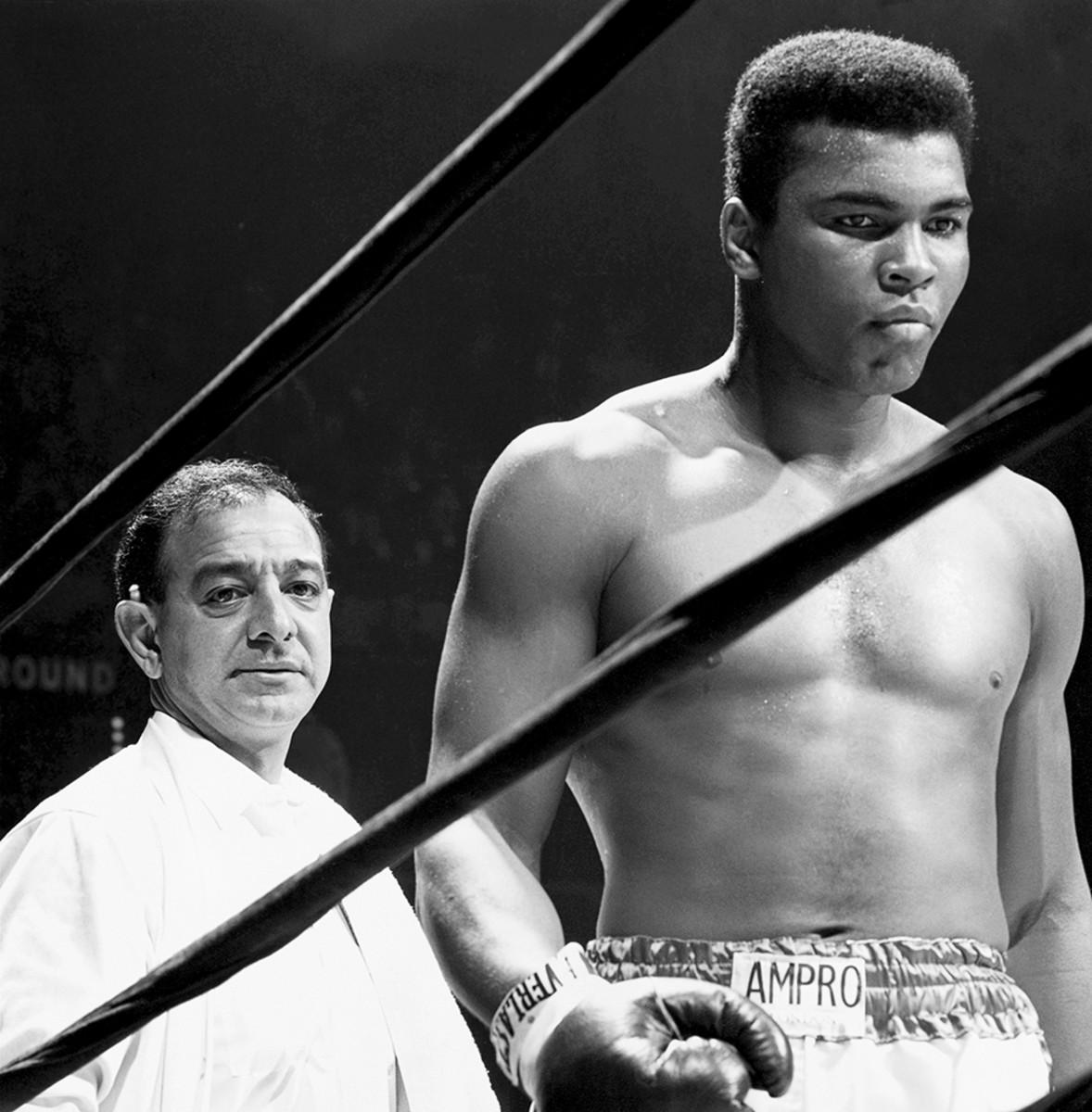
Madison Square Garden, NYC 1967
Muhammad Ali vs Zora Folley
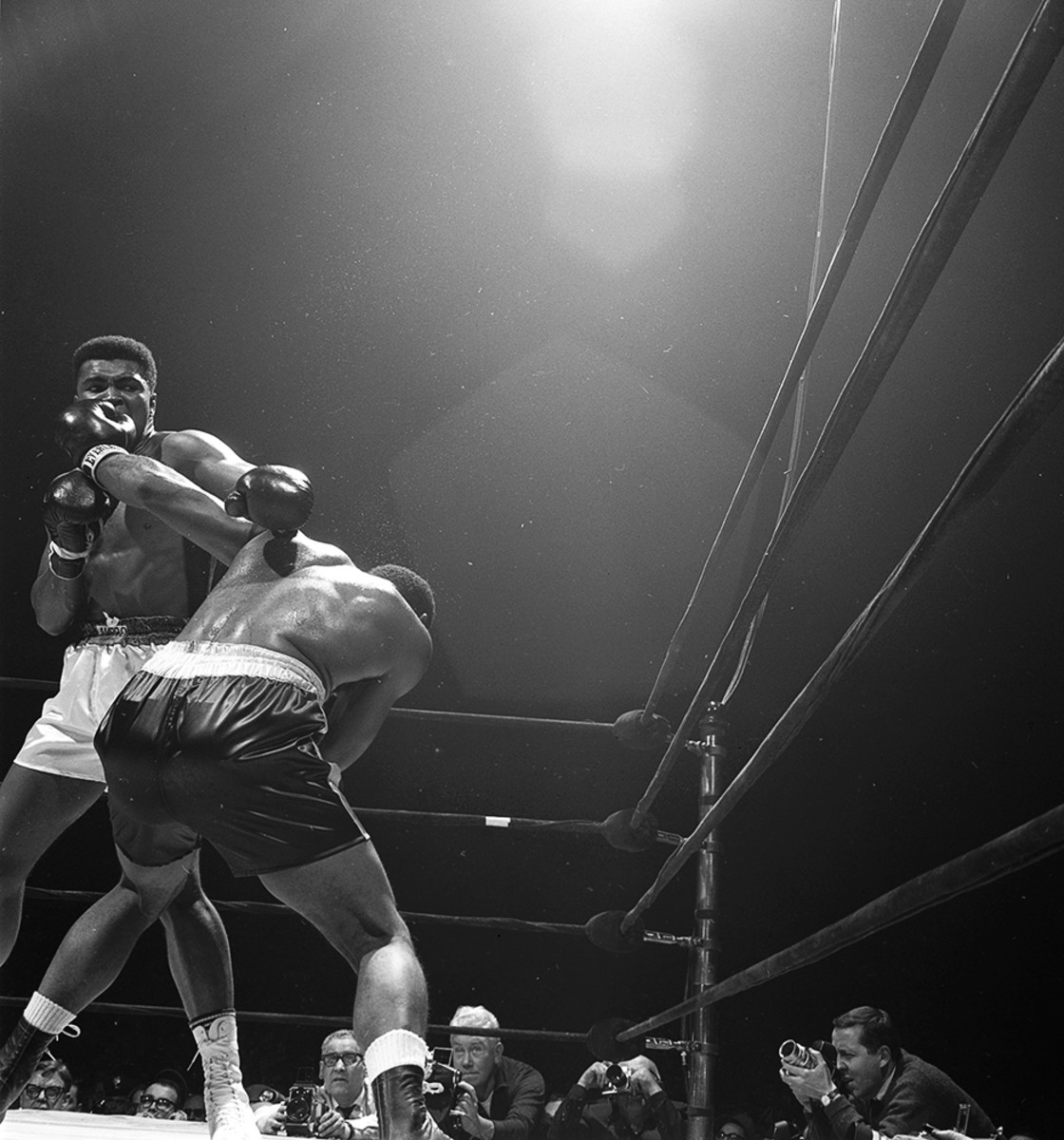
Madison Square Garden, NYC 1967
Muhammad Ali vs Zora Folley
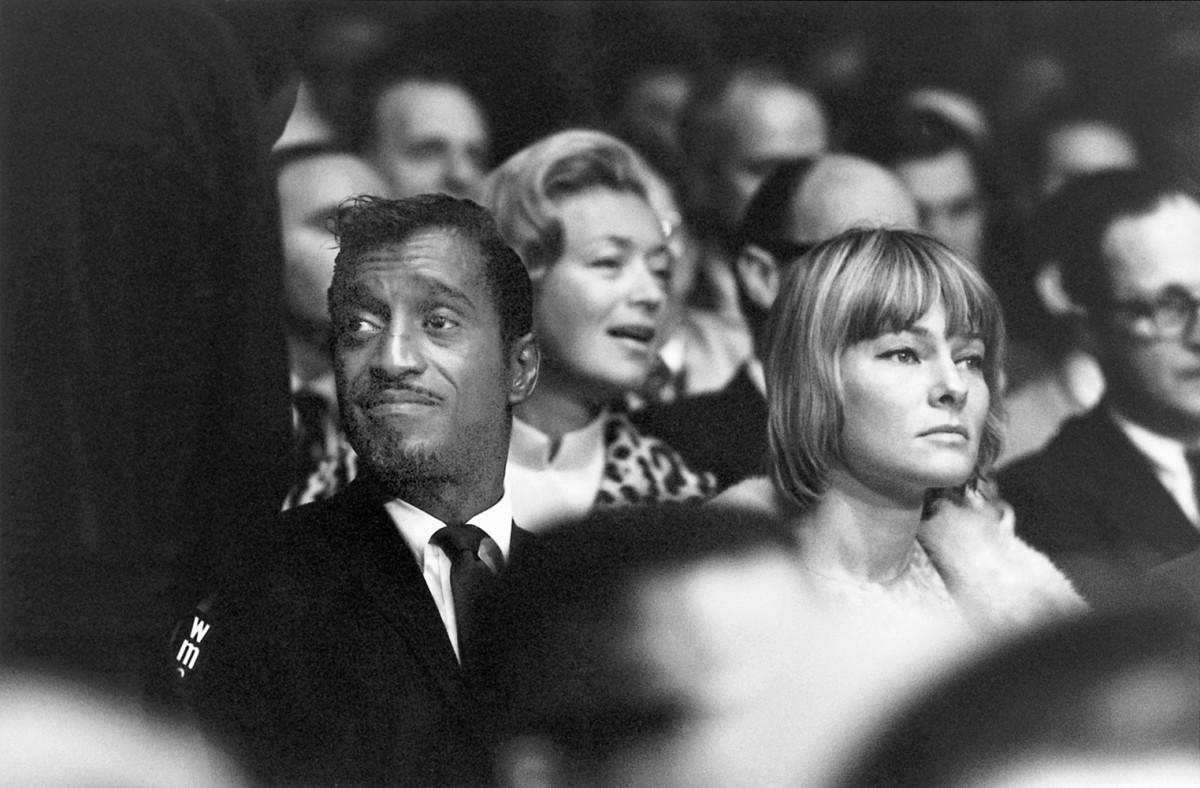
Sammy Davis Jr. and wife May Britt ringside at Madison Square Garden, NYC 1967
Muhammad Ali vs Zora Folley
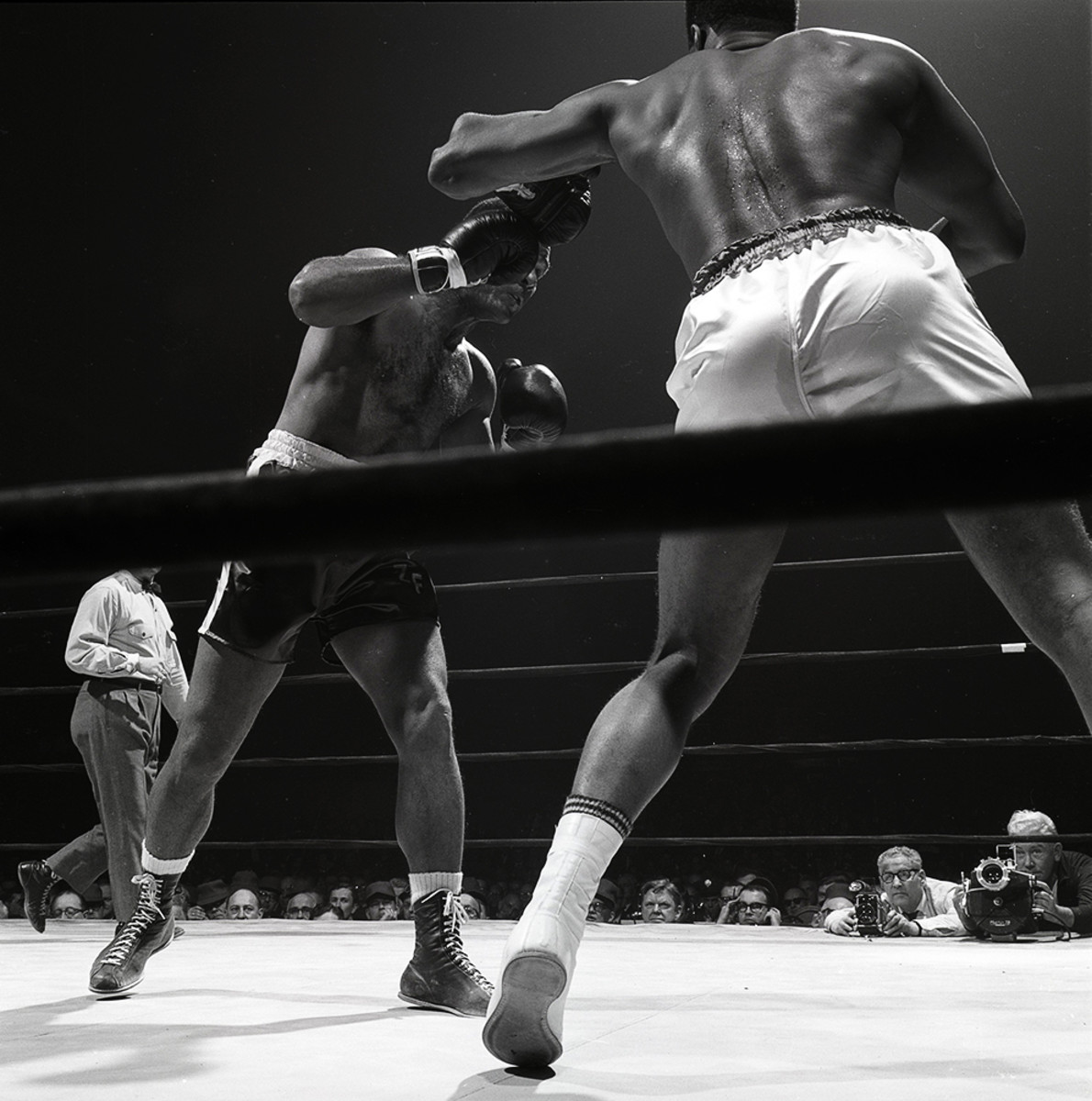
Madison Square Garden, NYC 1967
Muhammad Ali vs Zora Folley
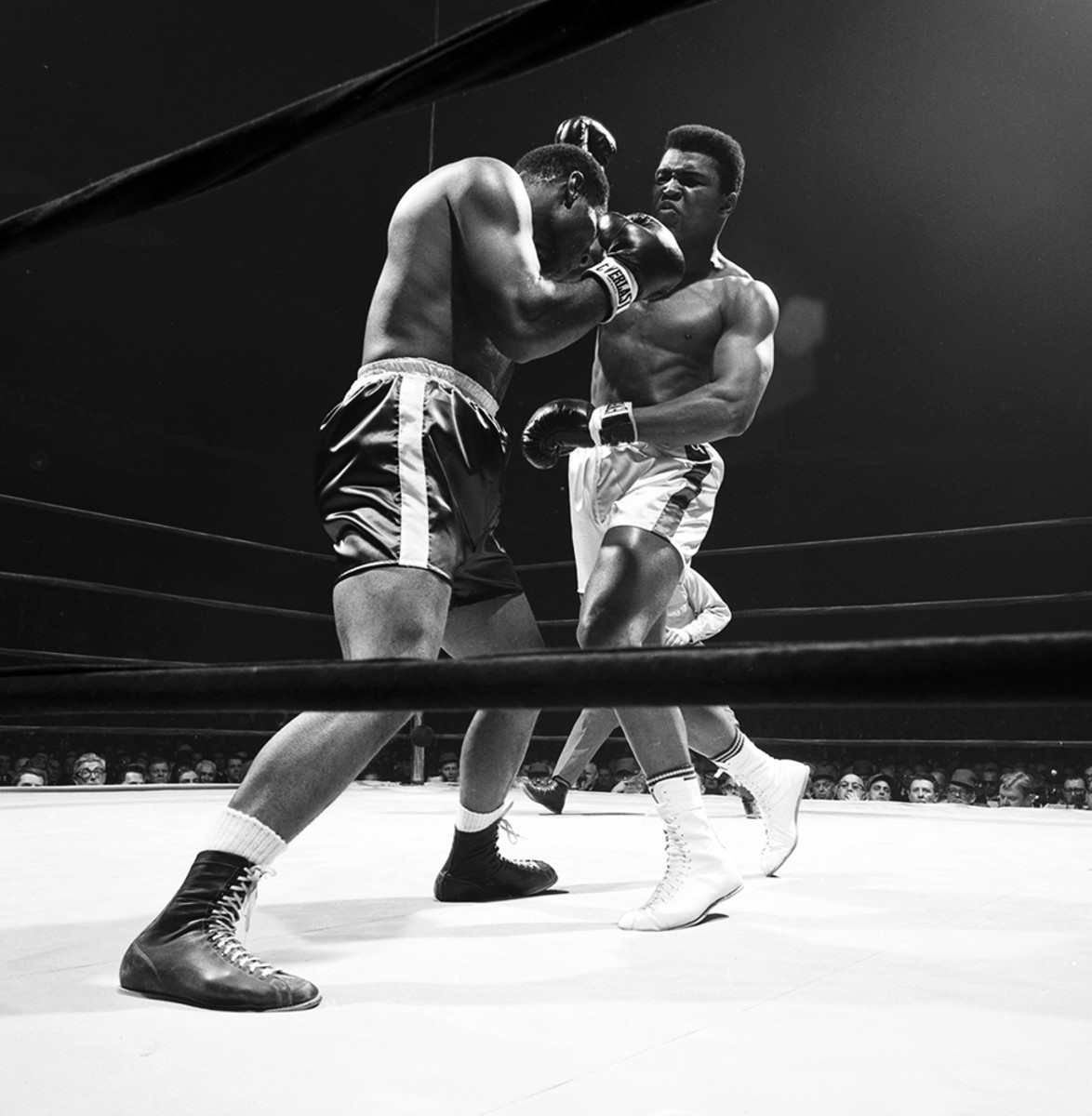
Madison Square Garden, NYC 1967
Muhammad Ali vs Zora Folley
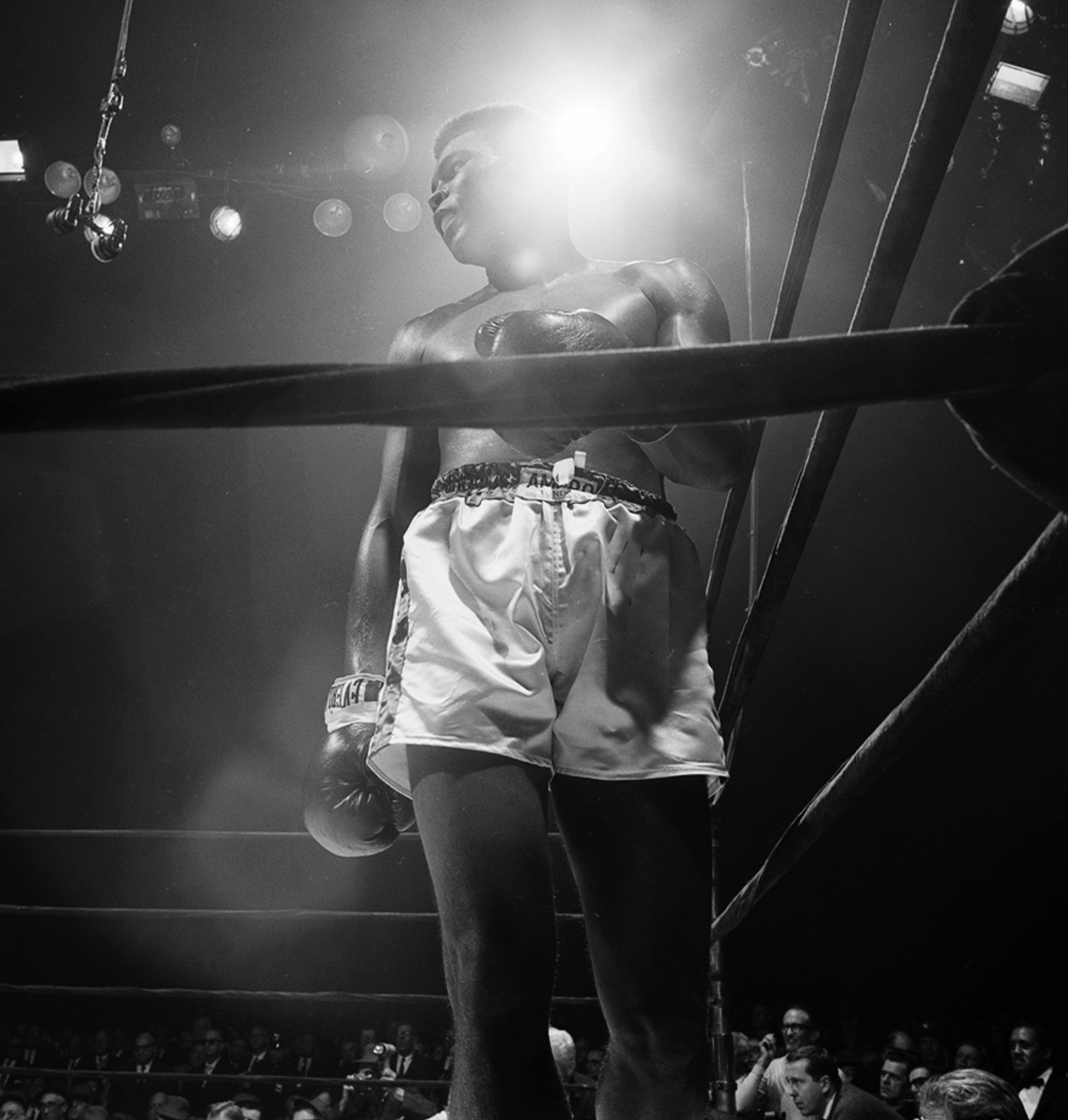
Madison Square Garden, NYC 1967
Muhammad Ali vs Zora Folley
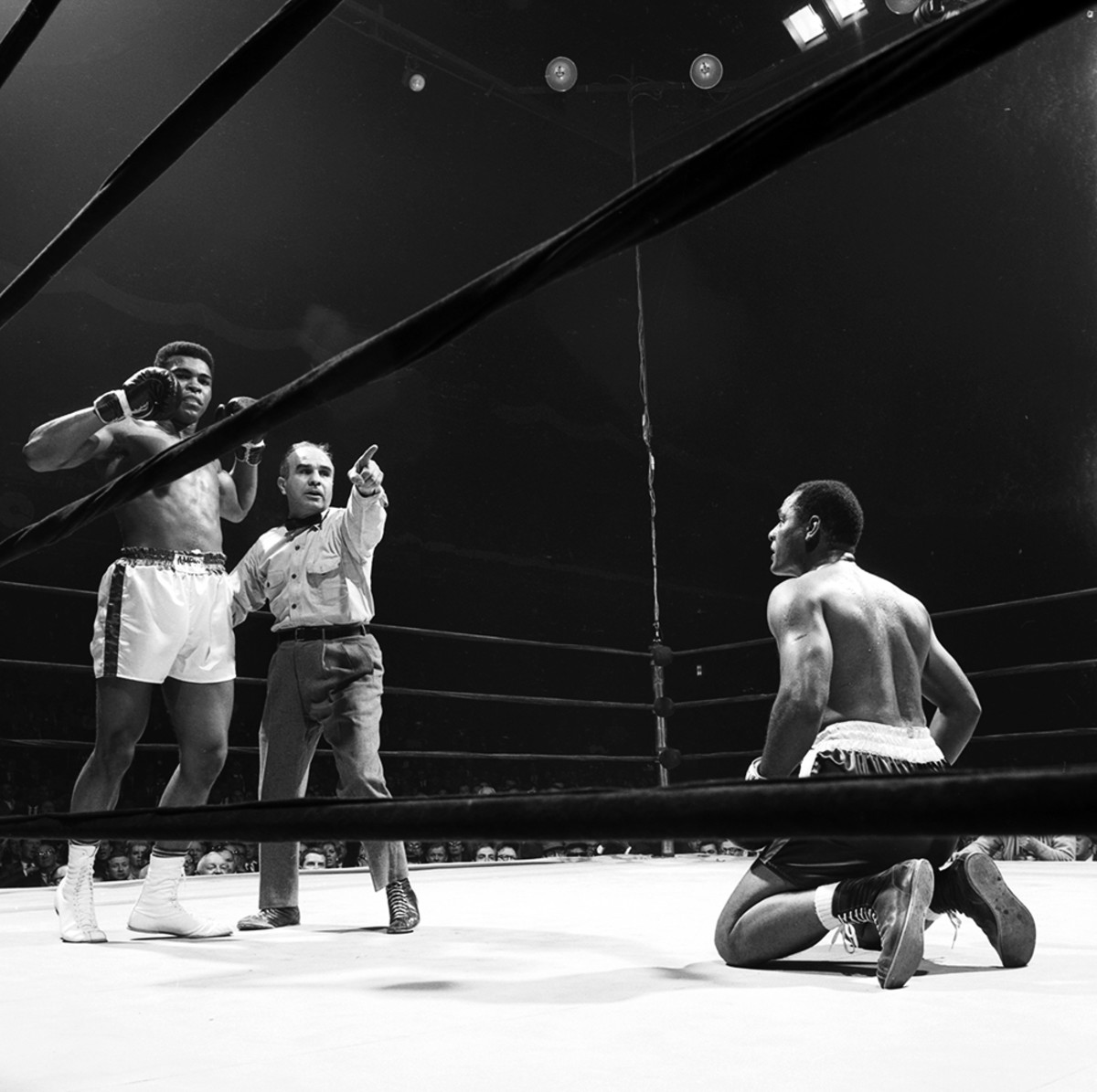
Muhammad Ali victorious in ring during fight as Zora Folley kneels on his knees
Muhammad Ali vs Zora Folley
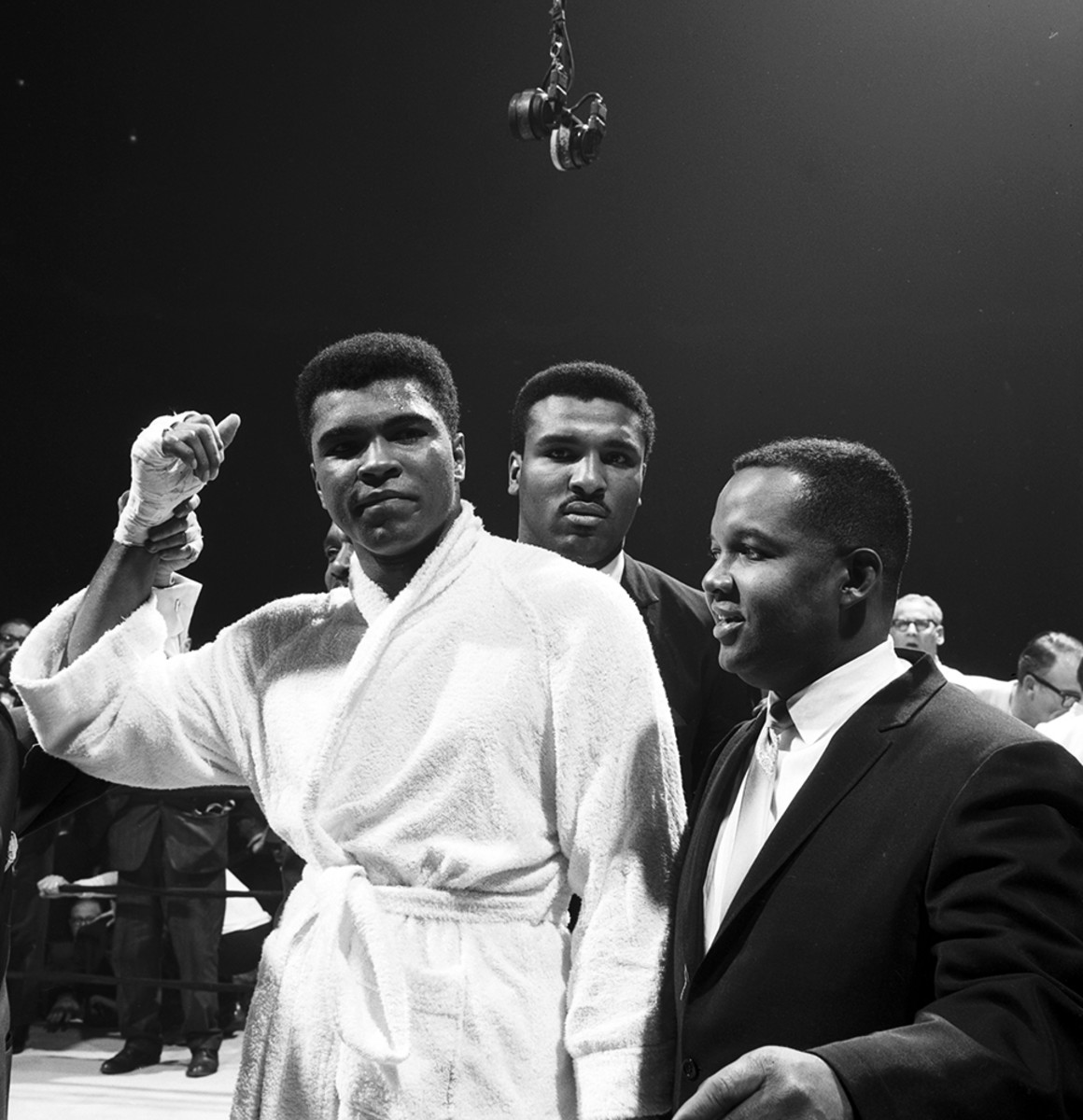
Muhammad Ali victorious in ring with his brother Rahman Ali after winning fight vs Zora Folley at Madison Square Garden
Muhammad Ali vs Zora Folley
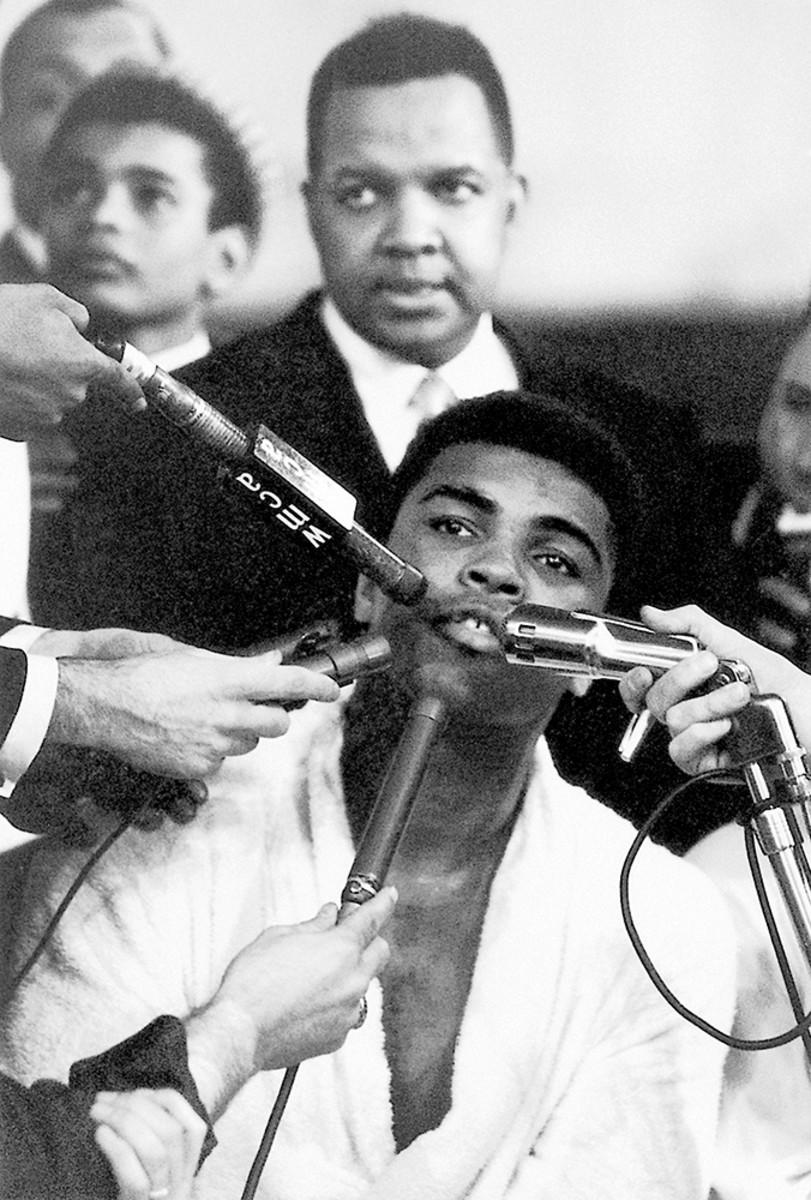
Ali speaking to the media at Madison Square Garden, NYC 1967
He has to say that, of course, but boxing experts happen to agree with him. They’re intrigued by Tyson Fury, who topped Klitschko by unanimous decision in 2015, marking the longtime champion’s first loss in more than a decade. They’re curious about Deontay Wilder, another undefeated heavyweight with power and charisma to spare, the so-called Bronze Bomber who has done everything except face top-level competition. Wilder has 37 knockouts in 38 pro bouts, and he should square off against Joshua in a blockbuster event this fall should Joshua top Klitschko. That would mark the most important heavyweight fight since the Tyson-Evander Holyfield-Lennox Lewis era ended. That’s the biggest fight available in boxing now outside of Gennady Golovkin-Canelo Alvarez or Vasyl Lomachenko-Mikey Garcia.
Other options abound. Cuban fighter Luis Ortiz is an undefeated heavyweight (27-0) whose style calls to mind King Hippo from the video game Mike Tyson’s Punch-Out!! Joseph Parker of New Zealand is 22-0 and has shown promise. If either of those candidates ascends and engages in multiple bouts with any combination of Joshua, Wilder and Fury, bingo, the heavyweight division rises back into the casual sports fan’s consciousness. Either that, or it never will.
“This represents the best opportunity for the reinvigoration of that division,” Espinoza says. “It really takes at least three or four guys, so you can do round robin match-ups and rematches. Arguably, you’ve had that the last couple decades at certain points, but you really didn’t have American participation there. So it felt like the heavyweight champion had disappeared.”
Russian immigrant Egis Klimas makes successful transition from boxes to boxing
Consider this step, then, the difference between a dormant division and an intriguing one. Just ask Jerry Izenberg, the longtime sports columnist at The (Newark) Star-Ledger. He published a book this year on the golden age of heavyweights, which he covered up close, and he titled the volume Once There Were Giants. He’s not as bullish as Espinoza, naturally. But he’s intrigued. “We’re at an interesting point now,” Izenberg says. “We have the makings of a good heavyweight tournament. There’s enough there to pay attention, but we should be measuring by potential at this point.”
Sure. Fair. But if you love boxing, if you follow the sport, if you hope that it thrives amid far greater opposition and fragmentation than even 10 years ago, potential beats the alternative. Boxing will never again be the behemoth that Izenberg covered, the king of the sporting landscape. That ship hasn’t sailed so much as it docked after sailing around the world 10 times.
When Izenberg covered the great heavyweights he all but lived in their camps. He ate dinner with them and had access to their families and knew their secrets. They were relatable in ways that athletes in all sports today are not. They were more vulnerable, too, and that meant they fought each other, even if they could lose, even after they had lost. Izenberg saw Leon Spinks train in hotel bathrooms before he won a belt. He knew Larry Holmes had a torn pectoral muscle when he brawled with Norton in 1978, their 15th round still the best round that Izenberg ever saw in person. His book is about those stories and that time period. “We’re not going to replicate that era,” he says.
He’s right, but the reality is that a better heavyweight division is better than a forgettable heavyweight division or a forgotten heavyweight division. “It’s possible,” Izenberg says, “we get relief here from a very painful drought.”
Let’s hope so, because when heavyweight champions punch their way into the lives of casual sports fans it’s not just boxing that’s better off. It’s sports, period, that benefit.
